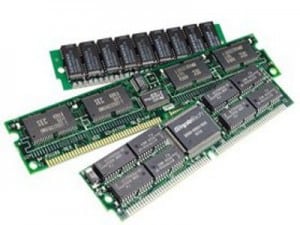
Many SAP customer license contracts contain either a direct or an indirect reference to SAP’s third party usage licensing requirements. That requirement is referred to as “indirect usage” and carries a hefty potential financial penalty. The basic idea is that if you use any non-SAP system to access SAP data, the user of that external system must acquire an SAP Named User License.
I understand SAP’s argument that if you use portions of the SAP software (BAPIs, RFCs, Function Modules, etc.), you are using their Intellectual Property (“IP”) and they should be paid for that. However, it still frustrates many customers.
Where Is the Reference to Indirect Usage?
Unless you have explicitly negotiated around the indirect usage, SAP contracts contain this component in one of two ways. The condition is either explicitly spelled out in the contract language, or it is buried in some boilerplate language related to the order in which any contract confusion (or dispute) is to be resolved. Frequently, that language lists a hierarchy that references the SAP Price List.
The SAP price list (in its January 2012 form) is currently over 120 pages and contains detailed language related to indirect usage. When it comes time to Untangle SAP Software Licensing, your organization should become very familiar with its various provisions. Like it or not, most contracts do subject you to the price list’s terms. You might as well consider that 120+ pages part of your contract.
SAP Indirect Usage or Third-Party Usage Enforcement
SAP has gotten more aggressive about customers paying for third-party system connections to SAP applications. Any user who gains access to SAP data (even from external systems) must have a Named User License. While you may find a few exceptions, the push is to just license any user who acquires the data.
From a customer standpoint, Indirect Usage or Third Party Usage creates no value. It only creates friction, frustration, and mistrust between SAP and their customer base.
In a license and contract negotiation with SAP and a fair-sized customer, with a significant annual license and maintenance spend rate, this issue came up. It became a major hurdle to reaching a reasonable agreement that everyone could be happy with. While SAP was willing to concede special Named User licenses for the Indirect Usage (at a low cost), the negotiation still faced problems. The customer perspective is that if they decide to use another vendor’s product, and are not engaged in some unethical means of SAP software use to avoid paying SAP licenses, they shouldn’t pay any fee. From a customer standpoint, Indirect Usage or Third Party Usage creates absolutely no value, only creating friction between SAP and their customer base.
The discussion next week is around an SAP Sales and Marketing option, which can significantly change this customer pain point. It will help set SAP further apart from competitors while still growing the application footprint and increasing revenue.





